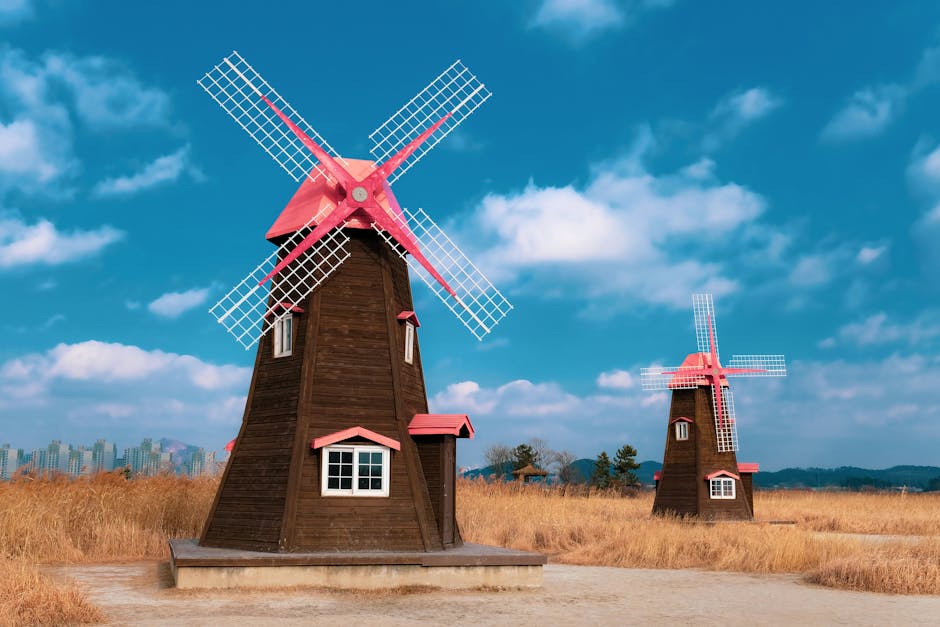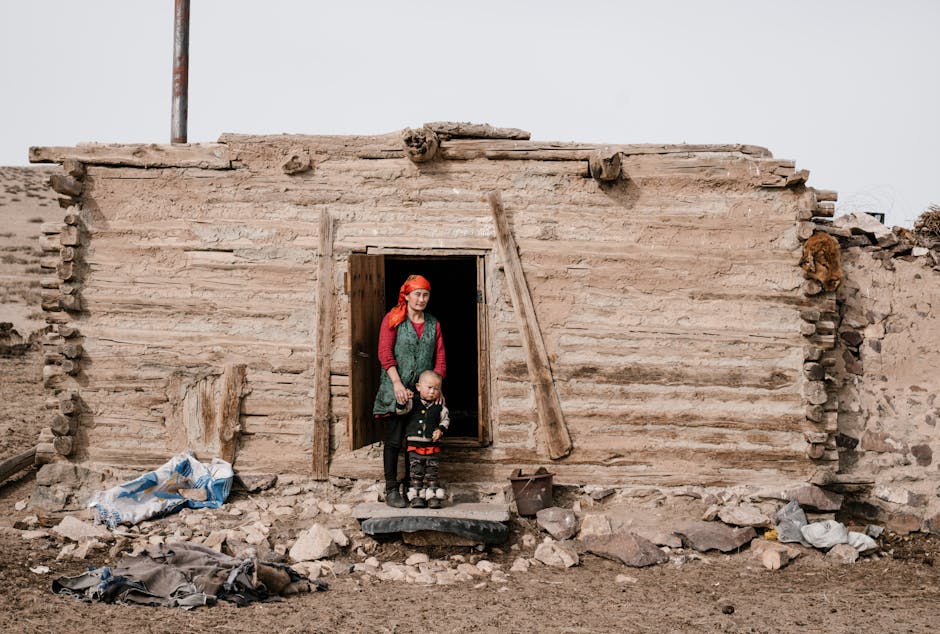Incorporating Historical and Cultural Context into Your Travel Tales
Travel has always been more than just sightseeing. For many, it’s about discovering the history and culture that shaped the places we visit. Incorporating these elements into travel tales can make for richer, more memorable stories. When you understand the context behind a destination's landmarks, traditions, and even its cuisine, your experiences come alive in ways that simply touring a place cannot replicate. This depth of knowledge not only enriches your own experience but allows you to share more meaningful narratives with others.

Understanding Historical Context: A Foundation for Your Stories
One of the most powerful ways to enhance your travel stories is by understanding the historical background of a location. Every country, city, or village has a unique past that has influenced its development over time. By knowing this history, you can add layers to your travel tales that go beyond surface-level observations.
For instance, when visiting Rome, it’s easy to be awestruck by the Colosseum's grandeur. But knowing that it was originally built as a gift to the Roman people and hosted gladiatorial games adds emotional depth to your experience. You begin to appreciate not only its architectural brilliance but also its role in reflecting Roman societal values of entertainment and power.
To dive deeper into historical contexts, consider researching local museums or historical tours before your trip. Museums often provide detailed timelines and exhibit artifacts that bring ancient stories to life. In addition, talking with locals who have their own connections to the past can give you unique insights that might not be available in guidebooks. Whether you're exploring ancient ruins in Egypt or walking through colonial streets in Havana, these layers of history help paint a fuller picture of what you're experiencing.
The Importance of Cultural Context
Cultural context is just as essential when telling compelling travel stories. Every destination has its traditions, languages, art forms, and daily customs that reflect the people who live there. Understanding these nuances makes your travel experiences much richer and helps avoid misunderstandings or unintentional disrespect toward local communities.
Take Japan as an example: understanding concepts like "omotenashi," which refers to selfless hospitality, allows you to appreciate the attentiveness of service you might receive in a small tea house or ryokan (traditional inn). Without this cultural understanding, you might overlook these gestures as mere customer service rather than deeply ingrained aspects of Japanese culture.
Similarly, exploring indigenous cultures in countries like Mexico or New Zealand offers opportunities to learn about traditions that have been passed down through generations. If you're visiting Oaxaca during Dia de los Muertos (Day of the Dead), knowing the significance behind the altars and offerings will allow you to tell a story that's not just about vibrant parades but about deep spiritual connections with loved ones who have passed away.
Practical Tips for Weaving Historical and Cultural Context into Your Narratives

Now that we’ve touched on why historical and cultural context is vital for storytelling, how do you practically incorporate these elements into your travel tales? Here are some tips:
- Do your research before traveling: Knowing some basics about a destination’s history or culture can help guide your experiences once you arrive.
- Engage with locals: Conversations with locals can offer invaluable perspectives that you wouldn’t find in any guidebook.
- Visit historical landmarks with context in mind: Instead of merely admiring the beauty of a place, try understanding its purpose and significance throughout history.
- Include anecdotes: Personal stories from locals can offer unique angles to your travel narratives and humanize historical facts.
Another practical approach is organizing your narratives around key events or periods in history. For example, if you're writing about Berlin, focusing on its role during World War II or its division during the Cold War gives readers a structured way to grasp both historical importance and modern relevance. Tying these periods back to specific sites like the Berlin Wall Memorial creates cohesive storytelling that feels purposeful rather than random snapshots of a trip.
The Role of Food and Festivals in Capturing Local Culture
No discussion on incorporating cultural context would be complete without acknowledging food and festivals, two key elements that often define local identities. Culinary traditions give insight into how people lived historically and what resources were available at different times. Likewise, festivals are often rooted in centuries-old rituals and beliefs that continue shaping communities today.
If you're exploring India’s street food culture in cities like Mumbai or Delhi, understanding how Mughal influences shaped North Indian cuisine adds depth when describing dishes such as biryani or kebabs. Similarly, enjoying fresh ceviche along Peru's coast becomes even more meaningful when you know about pre-Columbian fishing practices and their modern evolution into popular dishes today.
| Country | Famous Festival | Cultural Significance |
|---|---|---|
| Mexico | Dia de los Muertos | A celebration honoring deceased ancestors with offerings, altars, and parades. |
| India | Diwali | The Festival of Lights symbolizing the victory of light over darkness and good over evil. |
| Spain | La Tomatina | A massive tomato fight held annually as part of Bunol’s summer festivities. |
| China | Lunar New Year | A celebration marking the new year based on lunar cycles with family gatherings and traditional customs. |
The way people celebrate these festivals reflects their values (family bonds, respect for ancestors, community spirit) and capturing those moments adds depth to any travel tale. Participating in these events lets you engage fully with local customs while gaining personal stories worth sharing later on.
A Meaningful Bringing It All Together
Telling travel tales infused with historical and cultural context transforms ordinary trips into immersive journeys through time and tradition. By understanding what makes each place unique (the struggles it has endured, the customs it holds dear) you create richer narratives that resonate with both yourself and your audience.
The next time you travel somewhere new, take time to peel back the layers beneath what meets the eye. Whether it's learning about ancient civilizations or engaging with modern-day locals who carry centuries-old traditions forward into today's world (without saying 'in today's world'), those deeper insights will lead to stories worth telling again and again.